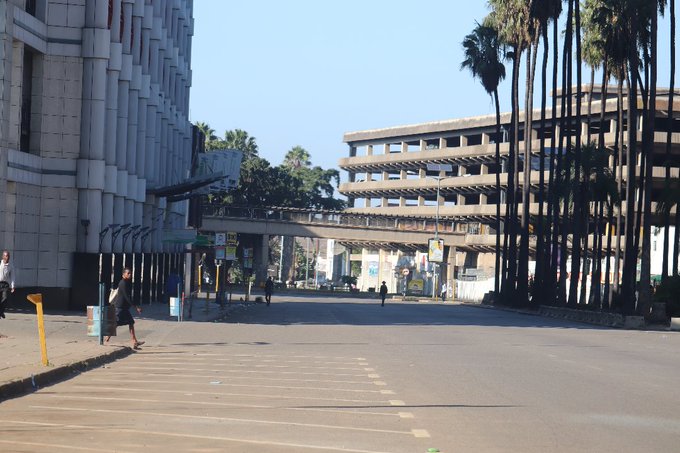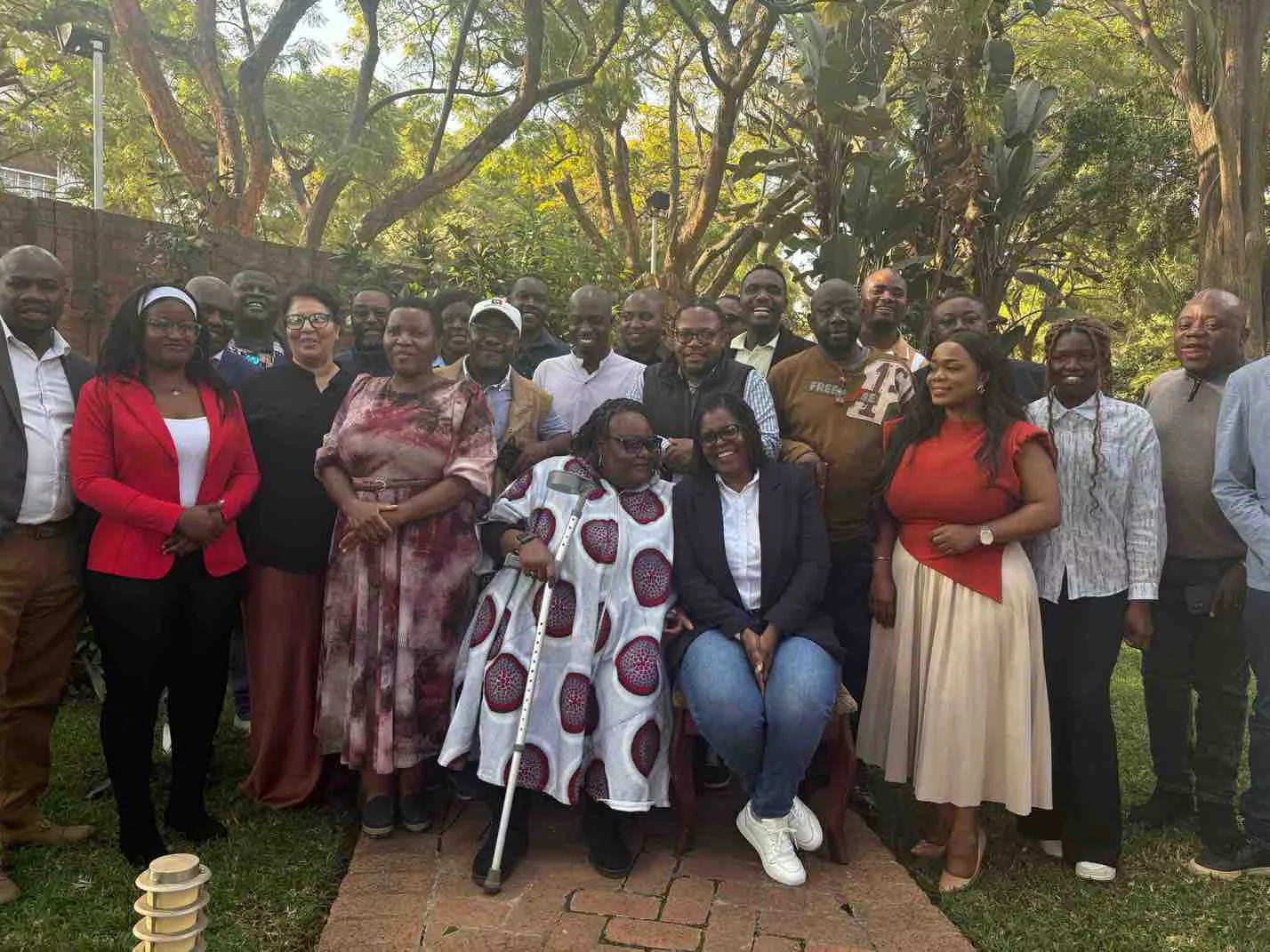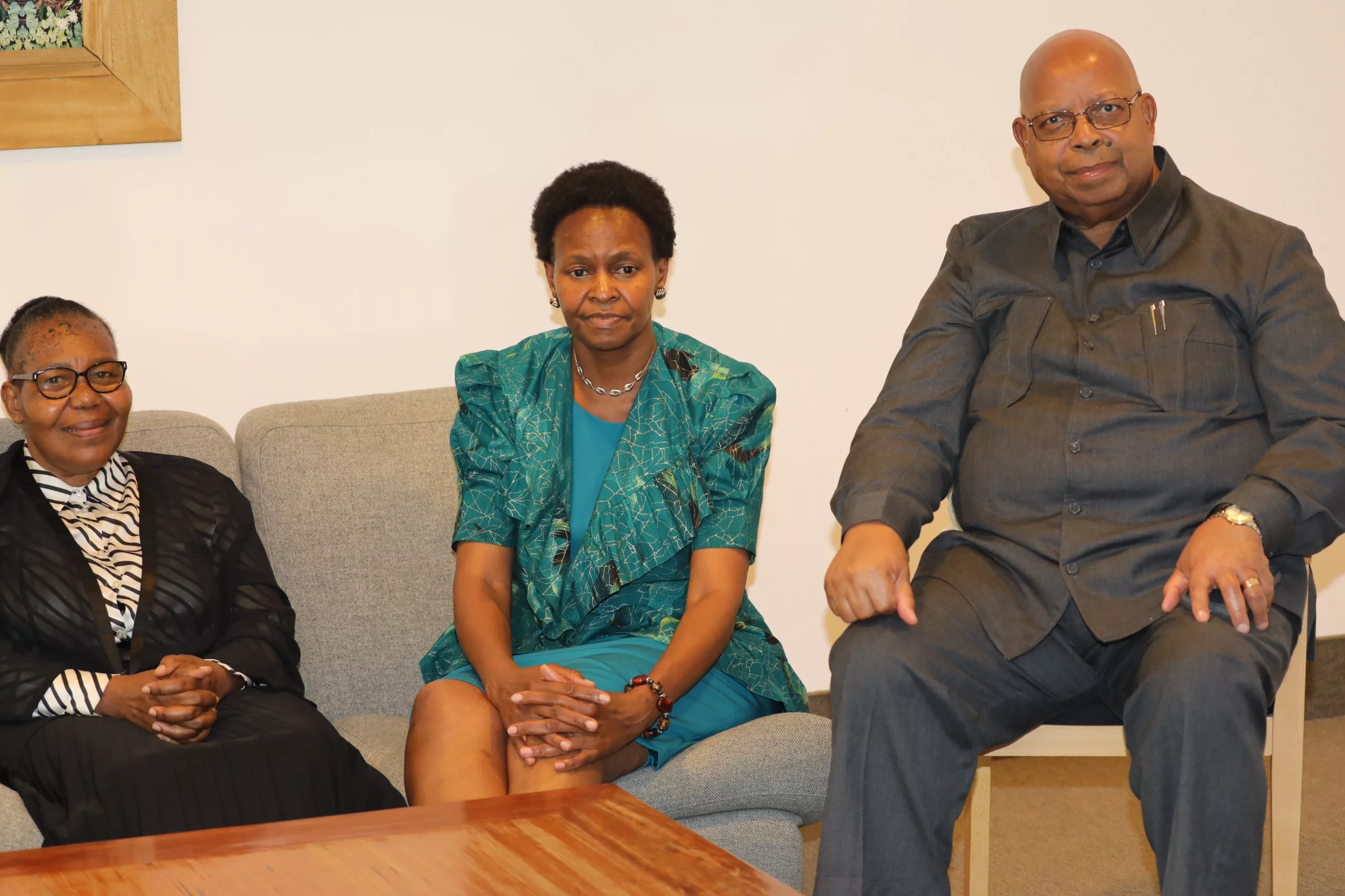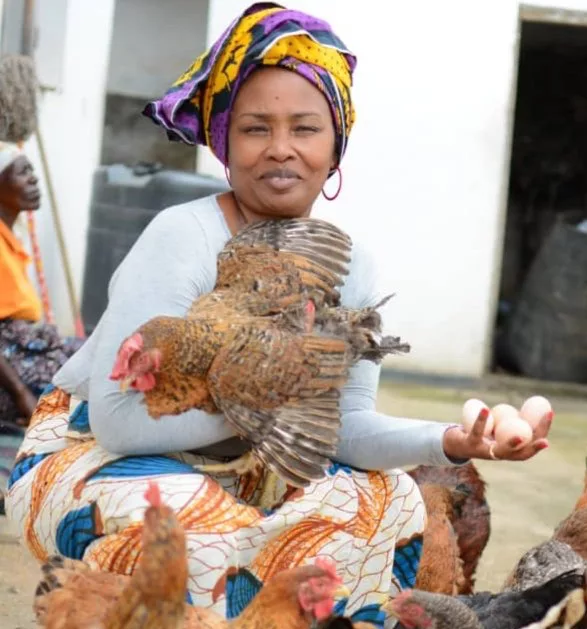By Farai Chirimumimba
This is the first of two-part series under the: “Letter from Locked Down Harare.” Look out for the second article under this series in the coming days.
Nothing readied the Zimbabwean population for how disorientating this pandemic would be, or how isolating. The Republic is in a 21-day copy-and-paste lockdown.
Each morning, the nation wakes and wonders if it has dreamed of a deadly virus from a far distant place having wreaked havoc on a civilisation that is already unstable, so polarised, albeit so hopeful.
It just can’t be real: the virtual house arrest of Zimbabwe with over 14 million people requested to stay within their homes; effectively halting of all travel, apart from that of essential-workforce, emergency travel and need to replenish household foodstuff; the abrupt closure of schools and colleges; the new experience of unpredictable periods of empty shelves in supermarkets with queues of mostly resembling of mood of anti-social distancing as dejected shoppers either wait outside or stampede to hope to buy the scarce roller meal; and the ever-growing specter of the collapse of the Zimbabwean economy. Yes, surely all a dream?
Then the not so consistent daily news reports begin. As of April 6 (10:20 am CAT): 341 tested, with 9 cases of confirmed infection; 1 death, and notable exciting recovery from Ruwa, Mashonaland East and so on. Nothing readied the Zimbabwean population for how disorientating this pandemic would be, or how isolating.
Nothing prepared us for the impact of a public-health concern on all areas of the economy and on the wider civil society. Today, there are only two questions on everyone’s mind: How ready are we and, even more importantly, when it all ends? Especially now that we are already in unchartered territory.
The Zimbabwean government insists that it has acted as swiftly as any other nation. Unfortunately results on the ground point otherwise. Although no one expected the COVID-19 virus to arrive with such devastating impact surrounding the death of patient 2. Some of us had already reckoned on its speed in China, South Korea, Japan and then Italy, Spain and the U.S not just the spread of infection among the population but the fears it would induce.
There is natural solidarity in times of crisis with Japan the Olympics 2020 (now 2021) torch bearers leading the way by showing touching compassion that at least brightened the world after allowing an international headliner COVID-19 hit the commercial ship, the Diamond Princess with over 3,700 guests and crew to dock and disembark/evacuate at a time when hope was fast fading after the ship was rejected by several countries including merciless Thailand that dispatched its fury and a fired-up navy warship to escort the hopeless, albeit “dangerous” Princess out of its waters; but never far below the surface is the desire to protect and conserve whatever scant resources are at our disposal, be they food or health services. As a result, the virus, and the fear of the disease, have impacted urban and rural lives differently.
During the first two days of the nationwide lockdown, cities across Zimbabwe resembled “ghost towns.” They resembled the sets of dystopian movies of a former time when such entertainment was watched by the masses for pleasure and which now make for bleak cultural reference points for our daily lives.
All Zimbabweans have now an unwelcome bit part in this latest dystopian fantasy turned real. Isolated rural communities, from the Eastern Highlands to Kariba, places whose economies are built on tourism, have started to “self-quarantine” en masse: Those with second homes or with camper vans have been told to stay away.
Re-enforcing this message, local politicians from these communities have made impassioned pleas citing how the lack of novel health infrastructure and food supply chains cannot cope with an influx of people from other areas. Locals in Kariba and elsewhere have been “disconnected from other towns” through a government directive blocking all public service vehicles except for cargo and other essentials. No one could have envisaged this.
Nor could we have foreseen the rushed-through Statutory Instrument 77 and 83 that have at least given powers to the police not seen outside the “repealed” Public Order and Security (POSA) Act of course literally renamed Maintenance of Order and Peace (MOPA) Act. We are not quite at the boiling point of having to be overstretched, as is the case in Italy, Spain, and the U.S, U.K, and France but this feels closer with every passing day with our neighbours across the Limpopo battling rising infections.
As always, the state’s power is not so much invisible policing as in the invisible grip it has upon the minds of its citizenry. At the moment, people are staying home in vast numbers partly out of fear of the virus, partly, one suspects, many should not leave their homes because of “government order.”
The police, however, are only empowered to enforce the law, never before have they been seen as interpreters of presidential and ministerial guidance until now that is. It is a dangerous precedent, albeit one that meets with little opposition from any quarter during these unprecedented times.
At a pace never witnessed previously, the elites through the “all-rounder” Sakunda Group of Companies are sprucing-up and tooling their “own” hospitals along Norfolk Road Mt Pleasant and St Annes in Avondale, Harare with Statutory Instrument 83 ordering local councils throughout the country to provide land for new makeshift “hospitals” that l assume can be created within days. A few days ago a new a 4,000-bed field hospital was constructed in the U.K at a London conference centre.
The ruling Zanu-pf government has a big conference centre at the Gweru show grounds enough for many beds. Why not donate the structure and fine-tune it in these unprecedented times? It will not be really a hospital, per se, more like one great intensive-care ward but enough to serve the purpose.
The speed and organisational skill needed to create this is beyond impressive. More of these hospitals are desperately needed in the North-South belt, Midlands, and Matebeleland regions. One question, however, is where will the government get the medical staff needed to work in these new ventures?
Up to 4,000 more health workers will be employed and l hope more and more former health personnel may respond to a call to return to the service if ever the situation goes to another level. Nevertheless, given the rate of strikes and growing resentment within the public health sector, it will take a great deal of organisational skill and planning to make this new reality work quickly and decisively.
Similarly, the thousands of individuals signing up for a “volunteer brigade” through different civil society organisation is a heartening response at this time of national emergency. However, their sheer number raises another question; namely, how best to deploy essentially well-meaning but ill-prepared individuals for the biggest public-health crisis this country has faced since the 2008 cholera outbreak that wiped out over 4,000 lives.
The uneven geographical spread of the virus from Harare that is expected to lead the fight, to nearby Mashonaland East, and part of Matebeland North
currently being the areas hit; makes the purposeful use of any volunteers a daunting logistical challenge, to say the least.
The news last week that Wilkins Infectious Disease Hospital had been refurbished albeit with two intensive care unit beds with ventilators and “other two ventilators in the next room” according to a council official; meaning they are only four ventilators and then that patient 3 was interviewed on ZTN television owned by Zimpapers group impacted upon the public consciousness.
Both had been in the news hopefully both would well be looked after, but the announcements came during a fraught week. It made many wonder if things that seemed about to fall even further apart. It is a fear, of course, not a reality. Wilkins and several other hospitals still require support, support, and support to be ahead of the virus as unwelcome shocks such as these are to be expected in the coming weeks.
It is now time for the government to disclose if it has not already done so, the key roadmap to success that is a scientific model showing anticipated infection rates throughout the country which is badly needed to match numbers with current resources as some are saying it is “a long, long winter ” albeit one we can not say with complete certainty.






